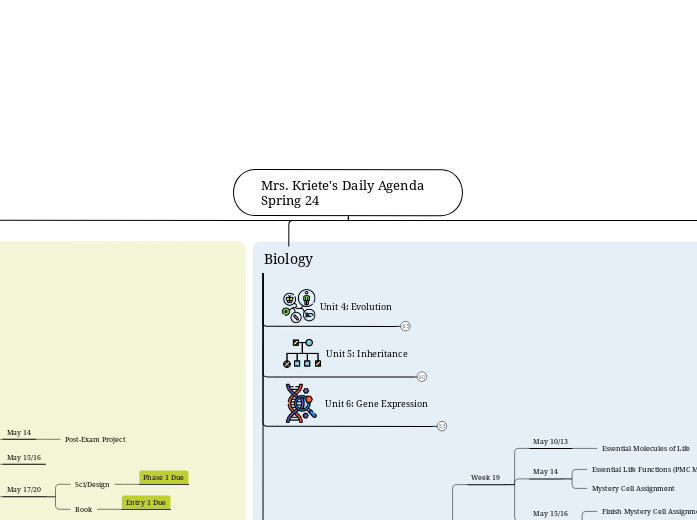Cory-Macromolecules
Proteins
Amino Acids
Carbon, Nitrogen,Hydrogen,Oxygen
Functions
Examples
The variable group changes the property of the amino acid
Some are electrically charged, some aren‘t
Some are polar, some are non polar
skin
example: insulin
example: pepsin
Hair
fingernails, claws
Transport
carries substances throughout body
enzymes
help chemical reactions
immune system
protect against germs
movement
muscle
hormones
insulin
Nucleic acids
Nucleotides
Carbon, Hydrogen, Nitrogen, Oxygen, Phosphorous
store and transmit hereditary information
RNA (ribonucleic acid)
DNA (deoxyribonucleic acid)
RNA:Single nucleotide chain
DNA: Double nucleotide chain (spiraled in a double helix)
lipids
Triglycerides
Energy storage, cushions organs, insulates body
Fats
Oils
phospholipids
Steroids
Waxes
long hydrocarbon chain
Carbohydrates
Monosaccharides
Carbon, Hydrogen, Oxygen
quick energy, energy storage,structure
Examples: sugars
starches
cellulose (cell wall)
Glycogen
Always in a 1:2:1: ration
C6H12O6









